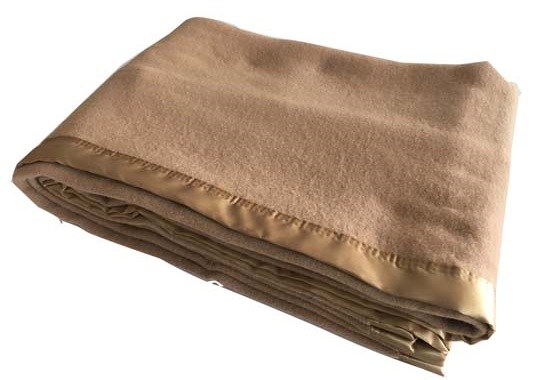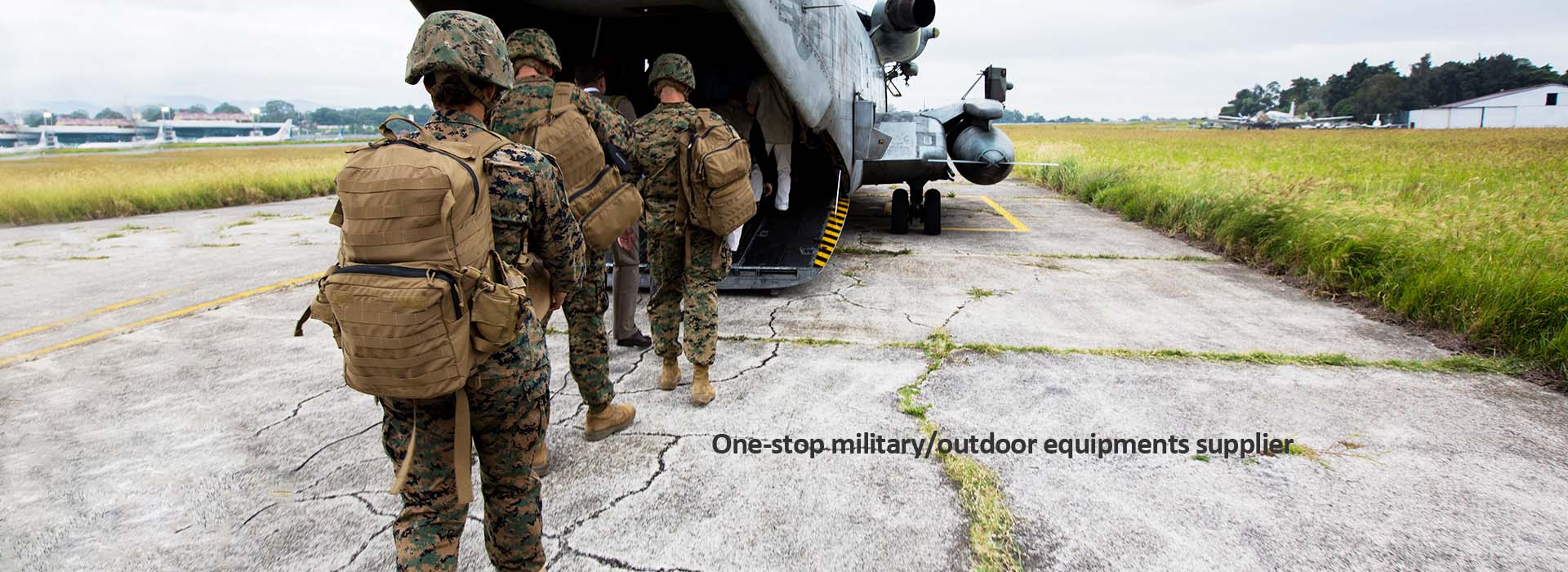A Guide to the Small Parts inside A Sleeping Bag
 Oct. 22, 2021
Oct. 22, 2021
Most of our trips, hikes and expeditions will require you to have a sleeping bag. With the vast number of sleeping bags for sale, choosing the right one can be a little daunting, but the main focus of your decision will be the filling, and then the amount of filling, depending on the lowest temperature you are likely to encounter.
A sleeping bag keeps you warm by absorbing the warm air around you; your body generates heat and the warm air is trapped in the filling like a duvet on your bed. We talked about the differences between down and synthetic materials in our last article, and this time we'll give you some other guidelines on sleeping bags.
Sleeping pads
A sleeping bag only really insulates you from the air around you, not from the ground beneath your feet. This is because the weight of your body will press down on the ground making the bottom less effective in keeping you warm. This effect can be huge, especially if you are camping on rocks, snow or ice. You must have a suitable pad with your sleeping bag. Use our wool blanket! You will feel warmer.

Inner liners
These are usually made of silk or synthetic fibres, cotton or wool. Fleece and silk are insulating and add warmth to your bag, while cotton or synthetic help to keep the inside of your sleeping bag clean.
Cotton liners are perfect for travelling in the heat and humidity of the bush where you don't even need a sleeping bag. If you wish to use them as a liner, they will be easier to clean than a full sleeping bag and they are perfect for both lodge and indoor use.
Shapes and sizes
Not all sleeping bags are the same length and width. If you are tall and wide, don't like tightness or have a particular sleeping style, you may want to check the size of your sleeping bag and maybe even ask to have one opened in a shop.
"A 'mummy' shaped bag is the norm as it works more efficiently and traps air within the walls of the bag for insulation purposes. Mummy shaped bags also make more efficient use of materials and are therefore lighter and smaller for the same overall size.
Maintenance
As with all kits, it will continue to perform well if you take care of it. When not in use, it is best stored flat in a dry place. When using your sleeping bag, you should do whatever it takes to keep it dry. Keep it in a waterproof bag. As well as rain, snow and rivers, the bag can get wet from steam from the cooker or from water droplets/ice crystals falling from the inside of the tent. If it gets wet, ventilate it at the first opportunity.
When you take your sleeping bag out of the tent, it will take some time to 'fluff' or 'swell' before it is in optimum condition. It is therefore wise to lay it out at least an hour or so before you go into your sleeping bag. Please feel free to leave us a line to get the details and quotes.










